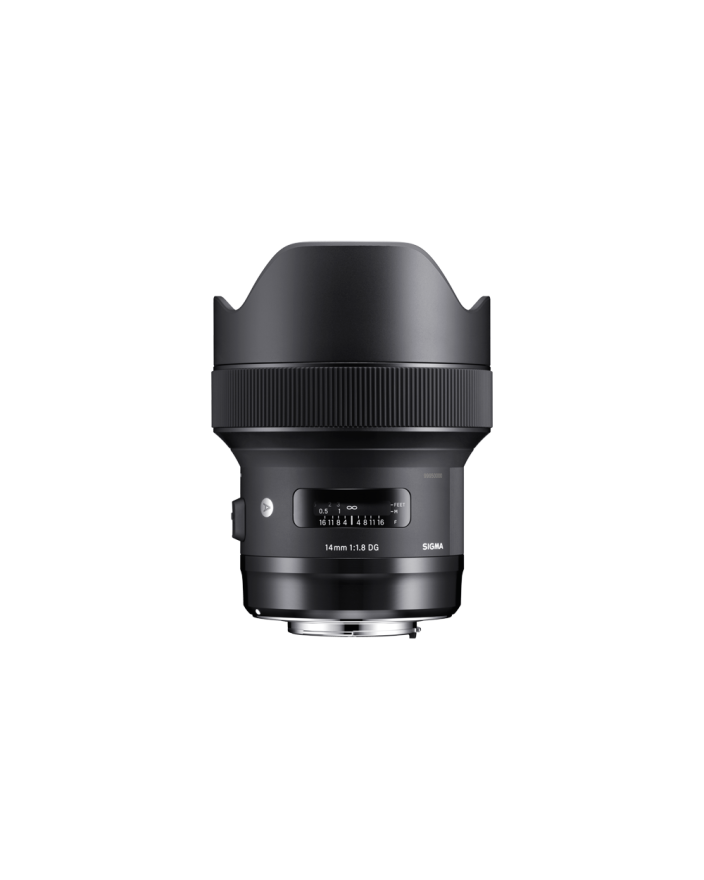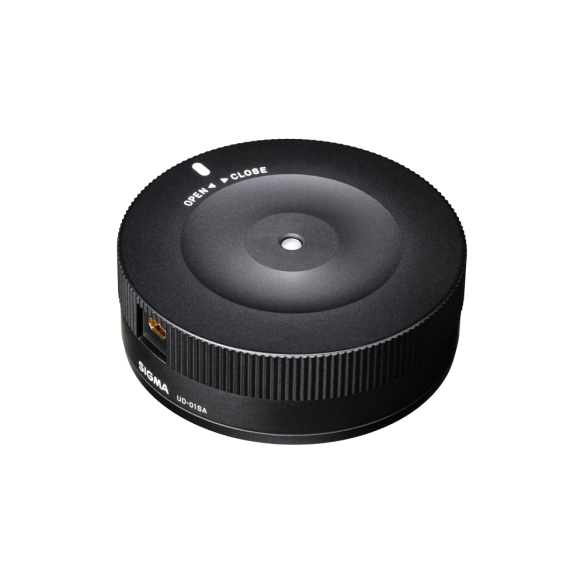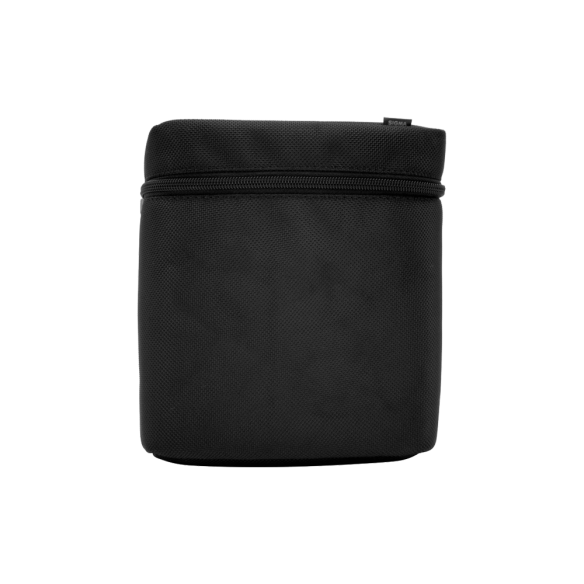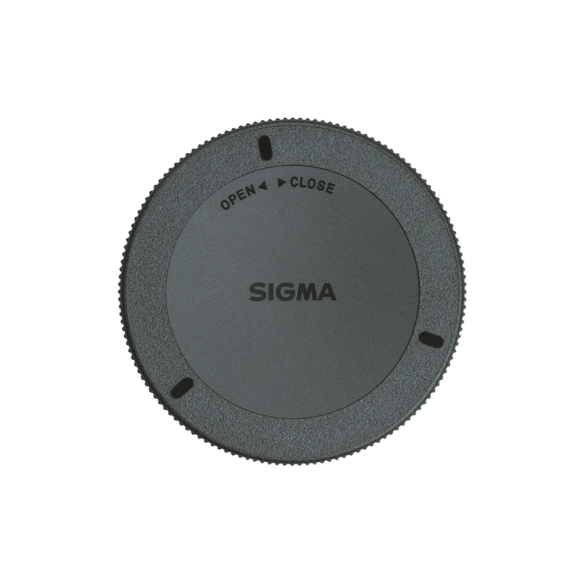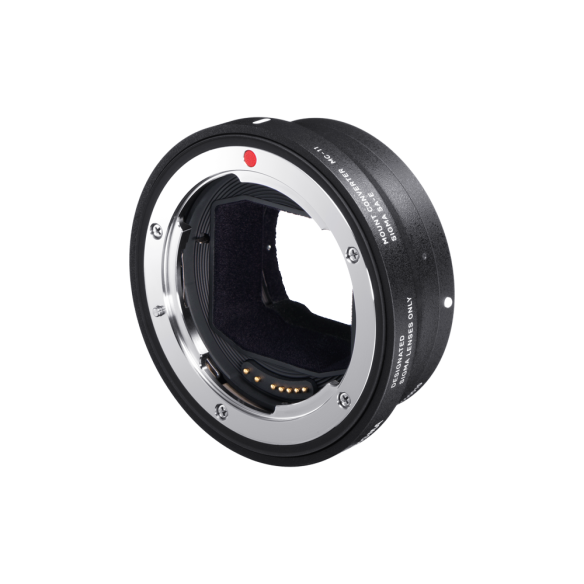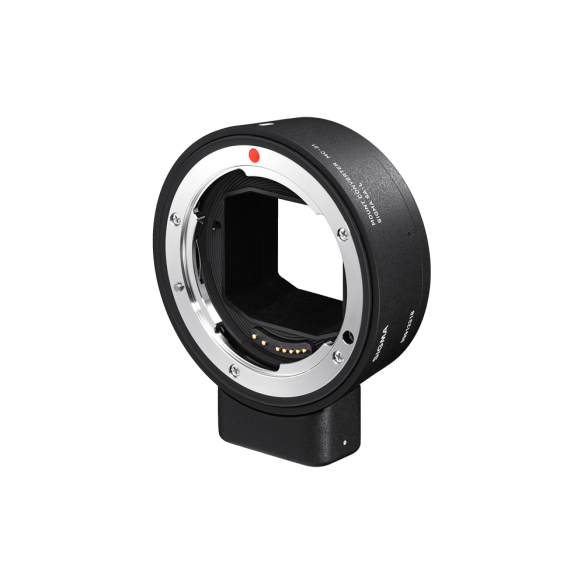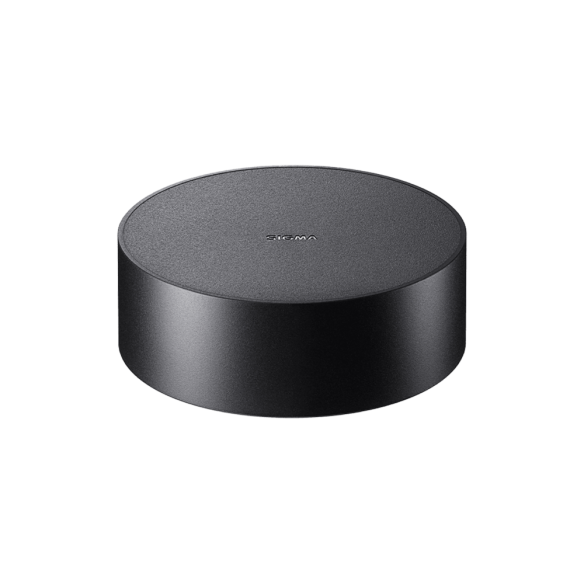ART14mm F1.8 DG HSM
- High-speed ultra-wide-angle lens
- Minimized chromatic aberrations
- Minimized distortion
- Outstanding image quality from center to edges
- HSM (Hyper Sonic Motor) delivers high AF speed
- Full-time manual focus
- Minimum focus distance of just 27cm / 10.6 in.
- Exclusive low-dispersion glass
- Super Multi-Layer Coating reduces flare and ghosting
- Rounded 9-blade diaphragm

AWARDS
- lens of the Year 2017 Prime
- Lucie Technical Award Best Special Purpose Lens, 14mm F1.8 Art 2017
- Lucie Technical Award Best Special Purpose lens 14mm F1.8 Art 2017
14mm ultra-wide-angle and F1.8 brightness: a new dimension of visual experience
By leveraging its extreme angle of view and the dramatic perspective this creates, an ultra-wide-angle lens can get up close and personal with a subject while at the same time taking in a vast background—an example of photography going beyond normal human vision.
Sigma 14mm F1.8 DG HSM | Art combines the extremely deep depth of field that comes from an ultra-wide angle of view with the extremely shallow depth of field that comes from F1.8 brightness. The result is a sharply captured subject set against a vast background dramatically blurred with a beautiful bokeh effect.
Minimized chromatic aberrations
Three FLD ("F" Low Dispersion) glass elements and four SLD (Super Low Dispersion) glass elements help minimize transverse chromatic aberration, which tends to be noticeable in shots taken with ultra-wide-angle lenses. Offering excellent peripheral brightness, this lens delivers outstanding image quality from the center to the edges.
Minimized distortion
Serving as the front lens element, the large ⌀80mm precision-molded glass aspherical lens effectively minimizes distortion. Offering excellent peripheral brightness, this lens delivers outstanding image quality from the center to the edges.
Featuring a large-diameter aspherical lens element
This lens features a large ⌀80mm precision-molded glass aspherical lens as its front element. This technology has made possible the 14mm F1.8 specification — the first of its kind.
Distinctive bokeh effect
Even at the 14mm ultra-wide-angle of view, F1.8 brightness makes possible a very shallow depth of field with the subject standing out dramatically against a bokeh background. It's the unique mode of expression that only a large-diameter lens can deliver.
Exclusive low-dispersion glass
The degree to which light is refracted by glass depends on the light's wavelength. This fact causes different colors of light to focus at slightly different points. The result is chromatic aberration, the color fringing that is particularly noticeable in telephoto lenses. Most chromatic aberration can be removed by combining a high-refractivity convex lens element with a low-refractivity concave element. Yet residual chromatic aberration known as "secondary spectrum" may still remain. To minimize this secondary spectrum, which can be a serious issue with conventional lenses, Sigma lenses feature up to three types of exclusive low-dispersion glass offering superior performance: ELD (Extraordinary Low Dispersion), SLD (Special Low Dispersion) and FLD ("F" Low Dispersion). In particular, FLD glass offers ultra-low dispersion in combination with high transmittance and the anomalous dispersion characteristics of fluorite. Meticulous deployment of these types of exclusive low-dispersion glass and optimization of power distribution gives Sigma lenses superlative image rendition undiminished by residual chromatic aberration.
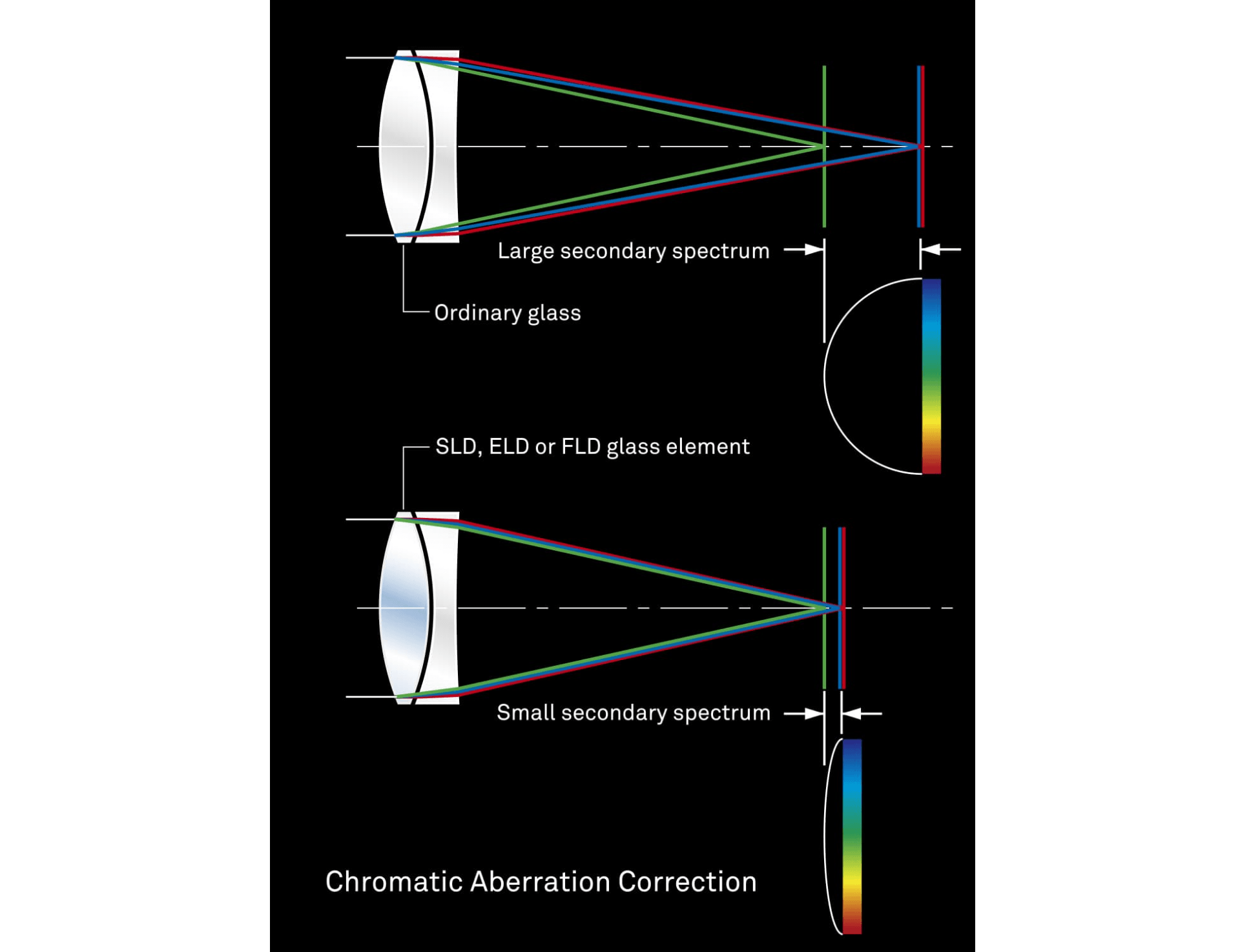

Designed to minimize flare and ghosting
From the start of the design process, Sigma measured flare and ghosting to establish an optical design that is resistant to strong incidental light sources such as backlight. At the prototyping stage, Sigma used not only simulations but actual photographic experiments to assess flare and ghosting under multiple criteria, identify the causes of these issues under a wide range of situations, and take measures to mitigate them. In addition, Sigma's Super Multi-Layer Coating helps further reduce flare and ghosting and provide sharp, high-contrast images even in backlit conditions.


Large HSM delivers highly responsive autofocus
The large hypersonic motor (HSM) delivers ample torque to the focusing group for outstanding speed, ensuring exceptionally stable performance even at lower speeds. Along with the optimized AF algorithm, this feature delivers fast autofocus photography.
Full-time manual focus
Full-time manual focus function allows the lens to be switched to manual focus simply by rotating the focus ring.
* Note: The operation of full-time MF may vary based on mount type.
Nikon electromagnetic diaphragm mechanism included
The Nikon mount version of this lens includes an electromagnetic diaphragm mechanism that allows it to receive the appropriate signals from the camera body. This feature ensures precision diaphragm control and stable Auto Exposure (AE) performance during continuous shooting.
Mount with Dust and Splash Resistant Structure
Since the area of the lens most vulnerable to dust and other foreign bodies is the mount, rubber sealing* helps provide peace of mind. In addition, the front lens element features a water- and oil-repellant coating that helps the lens perform well in the rain, near water, and in other challenging conditions.
Rounded diaphragm
The 9-blade rounded diaphragm creates an attractive blur in the out-of-focus areas of the image.


High-precision, rugged brass bayonet mount
The brass mount combines high precision with rugged construction. Its treated surfaces and enhanced strength contribute to the exceptional durability of the lens.
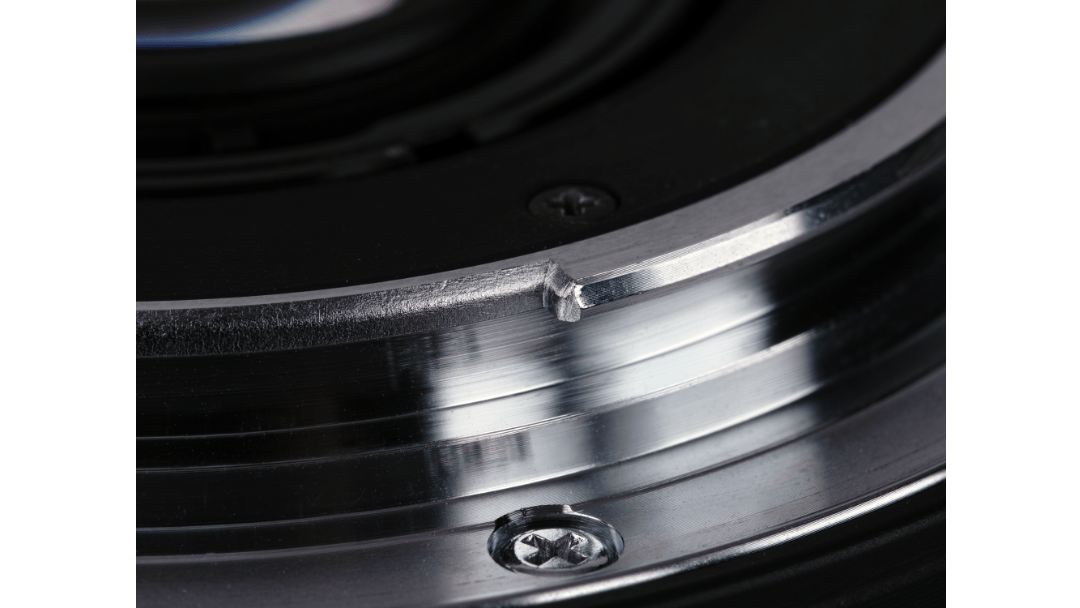

LENS CONSTRUCTION
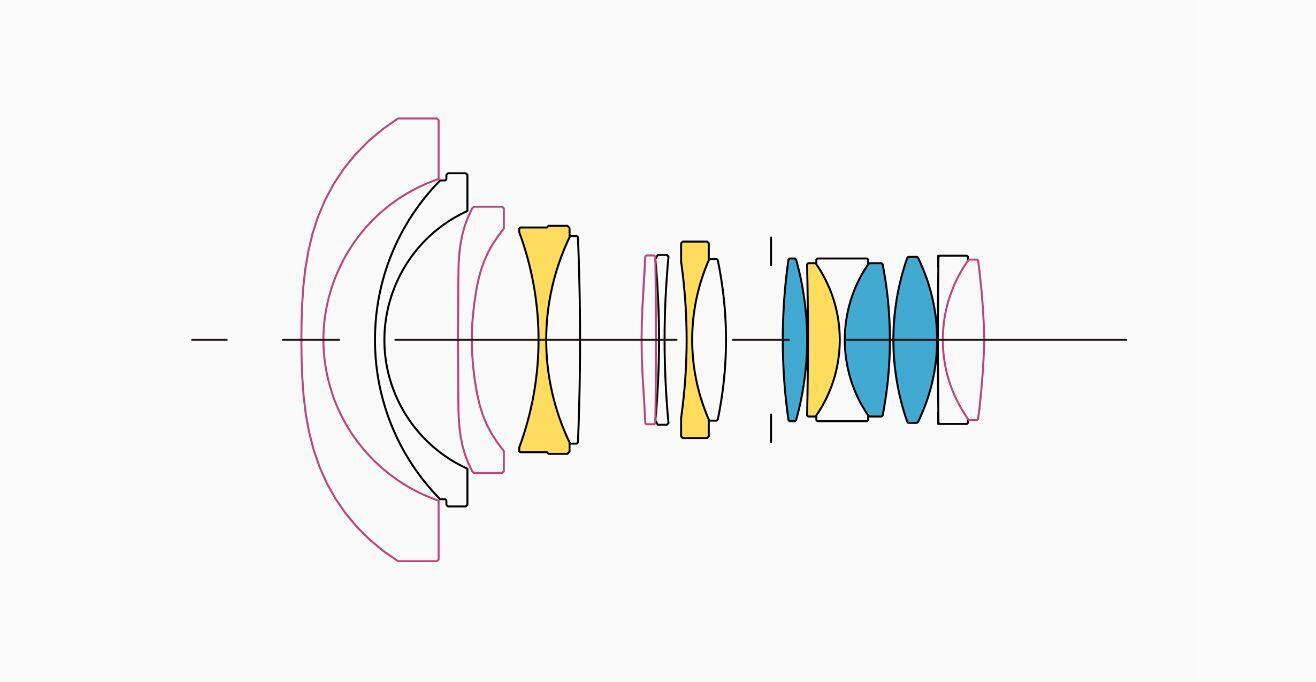

- FLD glass
- SLD glass
- Aspherical lens
MTF CHART
The MTF (Modulation Transfer Function) is one of the measurements for evaluating a lens' performance, and it shows how faithfully the contrast of the subject can be reproduced on the image plane. The horizontal axis shows the image height (distance from the center of the image in mm) and the vertical axis shows the contrast value (maximum value is 1).
The closer the 10 line pairs/mm curve is to 1, the higher the contrast and clarity of the lens is, and similarly, the closer the 30 line pairs/mm curve is to 1, the better the resolution and sharpness of the lens is.
*The MTF chart depicts the result at the wide-open aperture.
*For mirrorless lenses that support distortion correction, the horizontal axis shows the image height equivalent to when an L-Mount lens is attached to a Sigma L-Mount camera with distortion correction applied. (The effect of distortion correction may differ depending on the mount and camera used.)
*The spatial frequency indicates the variation on the image plane before distortion correction is performed.
Spatial Frequency
S: Sagittal Line
M: Meridional Line
10lp/mm




30lp/mm




DIFFRACTION MTF
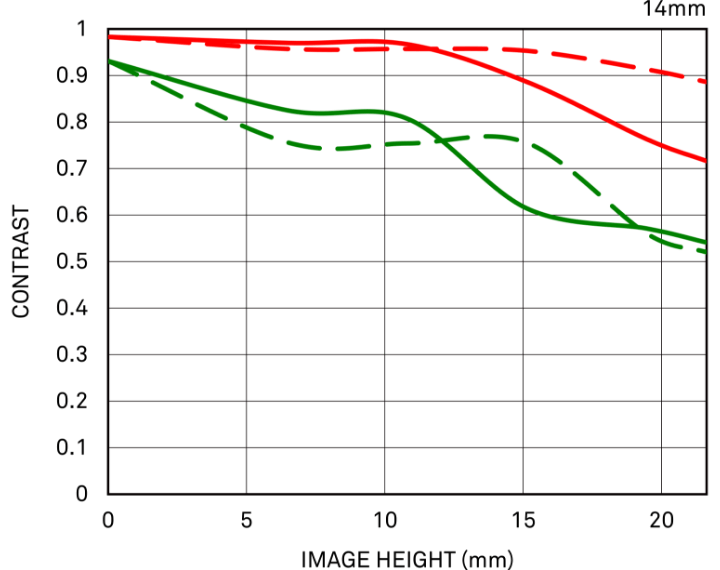

GEOMETRICAL MTF
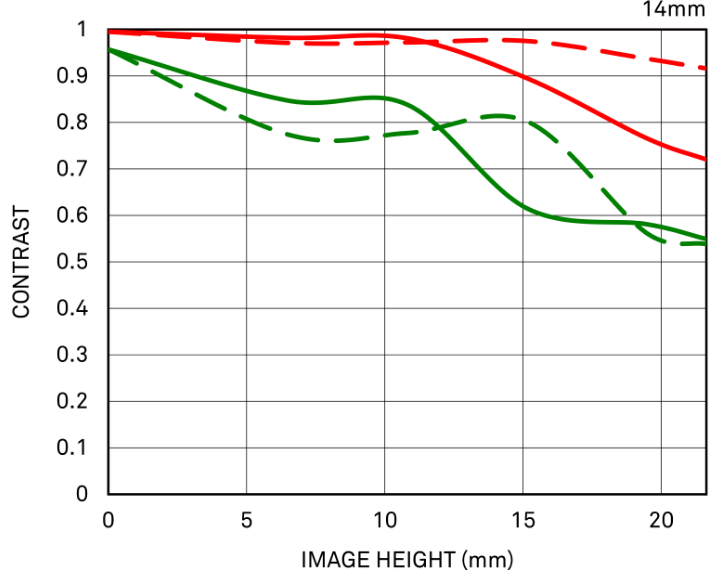

Hyper Sonic Motor (HSM)
The Hyper Sonic Motor (HSM) uses ultrasonic waves to drive the autofocus mechanism. It features extremely quiet operation, high torque, and excellent focusing speed.
Exclusive low-dispersion glass
Careful arrangement of exclusive low-dispersion glass elements gives SIGMA lenses superlative image rendition untarnished by residual chromatic aberration.
Water and oil repellent coating
Incorporates a water and oil-repellent coating that allows water to be wiped away easily and prevents oil and grease from sticking to the surface, even in challenging shooting conditions. At the same time, the maintenance of the lens surface becomes easier.
Mount with Dust and Splash Resistant Structure
The lens mount incorporates rubber sealing to protect the mount from dust and water drops.
Other
- Rounded diaphragm
- High-precision, durable brass bayonet mount
- Designed to minimize flare and ghosting

